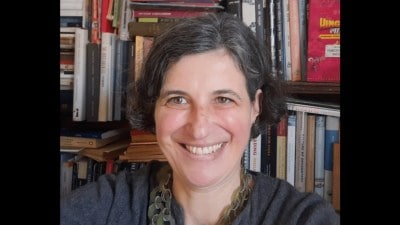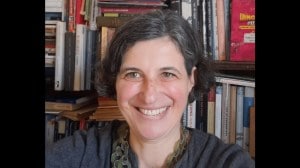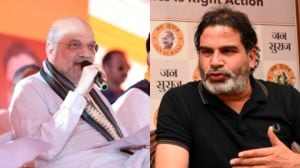Russia’s West encounter
Driving from the Pulkovo airport to a hotel on the edge of the Gulf of Finland, you cannot escape the grand sweep of Russia’s past and its hopes for a new future.

Driving from the Pulkovo airport to a hotel on the edge of the Gulf of Finland, you cannot escape the grand sweep of Russia’s past and its hopes for a new future. Built by Peter the Great three centuries ago as Russia’s ‘‘window to the West’’, St Petersburg is hosting the summit of the Western leaders, the first by Russia since it joined the G-8 after the collapse of the Soviet Union. What should have been a moment of celebration for Russia, which so desperately wanted to be part of the West but was denied entry earlier, has once again become a test of political wills between Russia and the Western world. For the Russian President Vladimir Putin, the G-8 summit is an opportunity to show off his hometown St Petersburg to his new, rich friends in the West. Yet, for the last few weeks and months, Putin has been demonstrating that Russia can stand up to the West and be counted as a great power in its own right. He has been giving it back in equal measure to the chorus of criticisms from the Western leaders about the lack of democracy in Russia and his own drift towards greater authoritarianism.
Putin stands up
At the G-8 summit, the main message from Putin is that the West needs Russia more than Russia needs the West. If the West wants Russia’s cooperation, Putin is saying, it must treat Russia with respect and accept it with warts and all. In the last few years, Putin has transformed Russia, which had looked like a supplicant to the West under his bumbling predecessor Boris Yeltsin, into an assertive power.
Many leaders of the West now suggest openly that it was a mistake to have let Russia into the G-8 a few years ago.
The entry ticket for Russia, they say, was an advance payment to redeem the promise of full democracy and become a respected ‘‘citizen of the Western world’’.
This condescension from the West has turned into consternation over the last three years, with Russia becoming stronger economically, thanks to the skyrocketing oil prices.
Russian oil export revenue has been growing from $40 billion in 1999 and is projected to reach $160 billion in 2006 and so has been the GDP, making Russia richer than ever before. From $196 billion in 1999 the growing GDP is projected to touch $980 billion in 2006. With wealth comes power. And Putin has not been shy of playing hard-ball with the US and the West in the Middle East and Central Asia. As Putin’s luck would have it, the US has been considerably weakened amidst its involvement in Iraq.
Bush’s restraint
As they recognise the new importance of Russia, the Western leaders have had to carefully calibrate their public anti-Russian rhetoric with a private search for a modus vivendi with Russia.
Amidst growing pressures at home to be seen as being tough with Putin, the US President George W. Bush, who arrived here over the weekend, chose to hold his first meeting in the city with a group of Russian Non-Governmental Organisations (NGOs). At that meeting, the Russian NGOs decided to pass on a message from the American NGOs that want to know why Bush never had any time to meet with them in the United States! If NGOs are good for Russia, they must be good for America as well.
For all their public sparring, Bush and Putin know that they cannot let tensions go beyond a point. At a time when China is rising on the world stage, Bush would not want to push Russia completely into Beijing’s arms.
Missing protesters
In the last few years, the G-8 summits have become occasions for anti-globalisation crusaders and a host of other activists to hog the limelight. This year, there was an extra cause for the protests—human rights and democracy in Russia. Putin was not going to let that happen. While his strong actions against protestors would be seen as confirming the Western political arguments against him, he has managed to render the protests a damp squib.
While demonstrations have not been banned, they have been confined to a stadium far from the centre of the city.
Activists here allege that scores of fellow travellers have either been detained or intimidated by the security agencies. Putin’s image control seemed to have succeeded when television pictures here showed 300-odd protestors looking forlorn in a stadium that could hold 50,000.



- 01
- 02
- 03
- 04
- 05




























